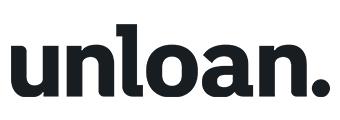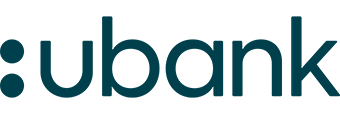Launched today, loans.com.au's new Smart Booster Discounted Variable Home Loan has a 1.99% p.a. introductory variable rate (2.55% p.a. comparison rate*).
The 1.99% p.a. interest rate applies for one year before reverting to a rate of 2.57% p.a.
Available to homebuyers and refinancers with at least a 20% deposit or equity, the new mortgage is considered to be Australia's first variable rate home loan with an interest rate under 2%, albeit an introductory one.
It's an offer which throws down the gauntlet to other lenders in Australia amid an increasingly competitive home loan market.
Buying a home or looking to refinance? The table below features home loans with some of the lowest interest rates on the market for owner occupiers.
| Lender | Home Loan | Interest Rate | Comparison Rate* | Monthly Repayment | Repayment type | Rate Type | Offset | Redraw | Ongoing Fees | Upfront Fees | Max LVR | Lump Sum Repayment | Extra Repayments | Split Loan Option | Tags | Features | Link | Compare | Promoted Product | Disclosure |
|---|---|---|---|---|---|---|---|---|---|---|---|---|---|---|---|---|---|---|---|---|
5.54% p.a. | 5.58% p.a. | $2,852 | Principal & Interest | Variable | $0 | $530 | 90% |
| Promoted | Disclosure | ||||||||||
5.49% p.a. | 5.40% p.a. | $2,836 | Principal & Interest | Variable | $0 | $0 | 80% |
| Promoted | Disclosure | ||||||||||
5.64% p.a. | 5.89% p.a. | $2,883 | Principal & Interest | Variable | $250 | $250 | 60% |
| Promoted | Disclosure | ||||||||||
5.64% p.a. | 5.89% p.a. | $2,883 | Principal & Interest | Variable | $248 | $350 | 60% |
|
Loans.com.au Managing Director Marie Mortimer said she was excited about what the new rate could mean for Australian borrowers.
“This is the lowest variable rate we have ever offered,” Ms Mortimer said.
“This is a great opportunity for Australians to boost their equity and own their own home sooner.
“Borrowers who are considering switching to a lower rate should take the opportunity to reassess their loan provider and potentially refinance."
The online lender also launched a two year discounted variable rate of 2.09% p.a.(2.71% p.a comparison rate*).
Both products are limited to a maximum loan amount of $1,000,000 and a maximum loan-to-value ratio (LVR) of 80%.
Competition in the home loans sector is heating up in Queensland, with an online lender about to offer deals with less than 2% interest. Money experts say, home owners considering refinancing, could save thousands. https://t.co/VZ3A1cpmr5 @rosannakingsun #7NEWS pic.twitter.com/gJb0Lc3u3u
— 7NEWS Brisbane (@7NewsBrisbane) July 22, 2020
Only a fortnight ago, loans.com.au made sweeping changes to its existing variable and fixed products, cutting its two-year fixed rate for owner-occupiers paying principal and interest to just 2.29% p.a. (2.98% p.a. comparison rate).
Ms Mortimer said refinancing was much easier than people realised, especially with the wealth of online lenders in Australia.
“Many people are keen to leave the big banks and are surprised to discover how easy it is to refinance and the great deals that are out there with online lenders,” she said.
“Many of our customers tell us that they delayed refinancing because they thought it would be a big hassle but it turned out to be much simpler than they expected and well worth the time invested.”
loans.com.au may be the first lender to offer a variable rate home loan under 2%, but it's not the first time a home loan has started with a 1.
At the end of June, Tasmanian-based Bank of Us offered Tasmanian residents fixed-rate home loans for up to three years for 1.99% p.a.
But while Bank of Us' rate will be locked in for fixed term for, loans.com.au's rate will not.
Being a variable rate there is the possibility it could increase or decrease during the introductory period.

Ready, Set, Buy!
Learn everything you need to know about buying property – from choosing the right property and home loan, to the purchasing process, tips to save money and more!
With bonus Q&A sheet and Crossword!







 Bernadette Lunas
Bernadette Lunas
 Denise Raward
Denise Raward
 Harry O'Sullivan
Harry O'Sullivan
 Harrison Astbury
Harrison Astbury
 Rachel Horan
Rachel Horan

